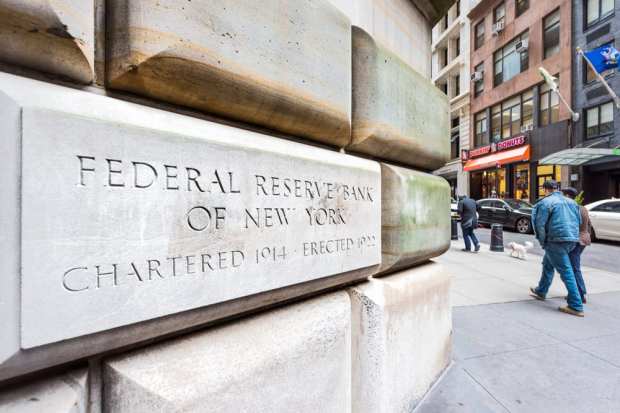NY Fed: Negative Interest Rates ‘Not The Right Tool’ For Recovery

New York Federal Reserve Bank President John Williams said economic data is likely to be worse as the impact of COVID-19 becomes clearer, Reuters reported.
“What we don’t know is what the shape or timescale of the recovery will be,” Williams said during a webinar organized by business groups in New York on Thursday (May 21). “It’s going to be some time before we have a clearer view of the effects on other industries, including autos, higher education, manufacturing, and professional services.”
The New York Fed chief said the most recent economic figures do not capture the full picture of what families are experiencing. Some people, he said, who stopped working for health reasons or to care for a family member may not be counted.
As businesses reopen, Williams said more data will emerge on the economic toll on various industries and how long it could take the economy to recover, the news service reported.
In March, the Federal Reserve took emergency action to cut the prime rate by a half percentage point. The Fed reduced the federal funds rate targeted at 0 percent to 0.25 percent, down from a target range of 1 percent to 1.25 percent.
Williams said he was not worried the Fed’s actions would lead to inflation. He said interest rates will stay low until policymakers are confident that the economy is stable and on track to reach the Fed’s maximum employment and price stability goals, Reuters reported.
He has rejected suggestions that the interest rate be set below zero.
“We’ve looked at this very carefully at the Federal Reserve,” he said. “The view is that negative interest rates are not the right tool to be used right now.”
Williams’ remarks came on the same day the Department of Labor reported 2.4 million Americans filed for unemployment benefits for the week ending May 16. While the number of jobless dropped by 249,000 compared to the previous week, the coronavirus crisis has put 38.6 million workers on unemployment insurance since the pandemic struck in March.